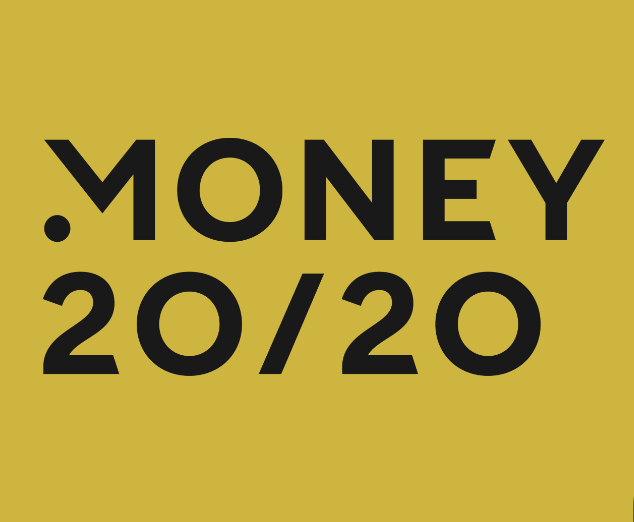Trend #1: Fraud Detection Took Center Stage
While Buy Now, Pay Later (BNPL) and crypto dominated the showfloor last year, it was clear that identity and fraud management are top of mind for the fintech world, especially as fraudsters employ new technology and novel tactics. Several companies exhibiting at the event were identity security-based.
Sean Duncan, Principal at WestCap: “There were several sessions on the topic of fraud and ID verification, highlighting the necessity for these solutions as tech adoption and innovation increases. More data than ever before is exchanged between financial institutions and their customers as these end-markets demand greater transparency and insights, requiring stronger fraud prevention and controls around these data assets..”
Kevin He, Associate at WestCap: “This goes to show that even in a recessionary environment, security spending is relatively inelastic given how mission-critical it is. Moreover, identity and access management (IAM) is increasingly being recognized as a key and strategic step to fraud prevention within the security value chain.”
Trend #2: Payments Go Global
The payments landscape continues to rapidly evolve and was strongly represented at this year’s event – which may be unsurprising, considering payment firms raised a record $31.9 billion last year. Our team noticed several companies focused on cross-border payments, all offering coverage for 100+ countries.
Ryan Benevides, Vice President at WestCap: “Customers, employees, and suppliers are increasingly global. Receiving and paying those stakeholders in emerging markets remains complex, expensive, and slow. We expect to continue to see strong growth from international payments companies that can offer cheaper and quicker access to emerging markets.”
Jason Spector, Associate at WestCap: “Global coverage in cross-border payments has become table stakes. Payments vendors will need to differentiate with value added services and local expertise around regulation, taxes, and economic environments.”
While the payments space received much attention and will continue to evolve in the coming year, the event seemed to miss a key part of the payments ecosystem:
Kapil Mokhat, Managing Director & Head of Payment Solutions: “Where did all the merchants go? Merchants’ participation and engagement are critical in defining the future of money. It’s important for solution and service providers to understand merchants’ pain points and what solutions they find valuable. As an investor, this also helps us assess opportunities to innovate and which solution providers are likely to succeed.”
Trend #3: Unlocking the B2B Fintech Opportunity with Data Infrastructure
Advancements in data infrastructure, primarily through API-first models, promise to transform the delivery of financial services, bringing the industry to parity with its counterparts and its clients’ expectations. The development of financial data aggregation hubs designed for corporates is rapidly picking up steam, extending successful concepts from the consumer-oriented ‘Open Banking’ movement into B2B applications.
Adi Hemrajani, Associate: “We met with a few different API-led startups that are building the ‘connective tissue’ layer between horizontal and vertical B2B technologies. These solutions are offering low-risk / high-reward propositions for customers, as they streamline core workflows and unlock massive automation, all while deploying within existing systems and minimizing operational disruptions. It was clearer than ever that a shift to software-encoded business principles is underway.”
What’s Next in Fintech?
While today’s economic uncertainty served as the backdrop for many discussions, it’s clear the fintech landscape is quickly adapting and creating disruptive ways to connect and create the future of money. Amid new regulation, technological innovation, shifting consumer demographics and demands, these are the trends that are top of mind for the WestCap investment team:
Kevin He, Associate: “I continue to be excited about fintechs penetrating the unbanked or underbanked population, which is reported to be a trillion dollar market. There are strong socioeconomic benefits from this trend and fintechs are uniquely positioned to target this market given their wider reach through digital apps and their data-driven underwriting models (as opposed to credit score-driven). Geographies such as Latin America and Africa present real opportunities.“
Kapil Mokhat, Managing Director & Head of Payment Solutions: “I’m interested in seeing innovation in lending beyond BNPL as the world deals with the current macro economic reality.”
Ryan Benevides, Vice President: “I’m interested in seeing how fintech companies continue improving digital consumer identity. A fundamental problem with digital commerce is we don’t know who is on the other side of the screen – increasing the risk of fraud. Real time payments will exasperate these issues. The use of behavioral data, device ID, and biometrics will improve this risk.”
Sean Duncan, Principal: “I’m particularly excited by embedded finance’s application in vertical SaaS as these companies consider partnering with fintech businesses that can enable them to launch adjacent financial products as part of their overall product suite, engendering further stickiness and trust in the end-product.”
Adi Hemrajani, Associate: “I’m fascinated by the prospect of fintech businesses utilizing richer, more holistic information from more sources to inform financial decisioning broadly, such as with credit or insurance underwriting. This will make for fairer, more objective, and transparent outcomes for individuals and enterprises, facilitated by the ‘reconciliatory’ pipes that are currently under construction.”
Jason Spector, Associate: “I am looking forward to the launch of FedNow in 2023 and to see how that will evolve the payments landscape in the U.S.”
Follow WestCap on LinkedIn for additional insights from the team and our portfolio companies.




